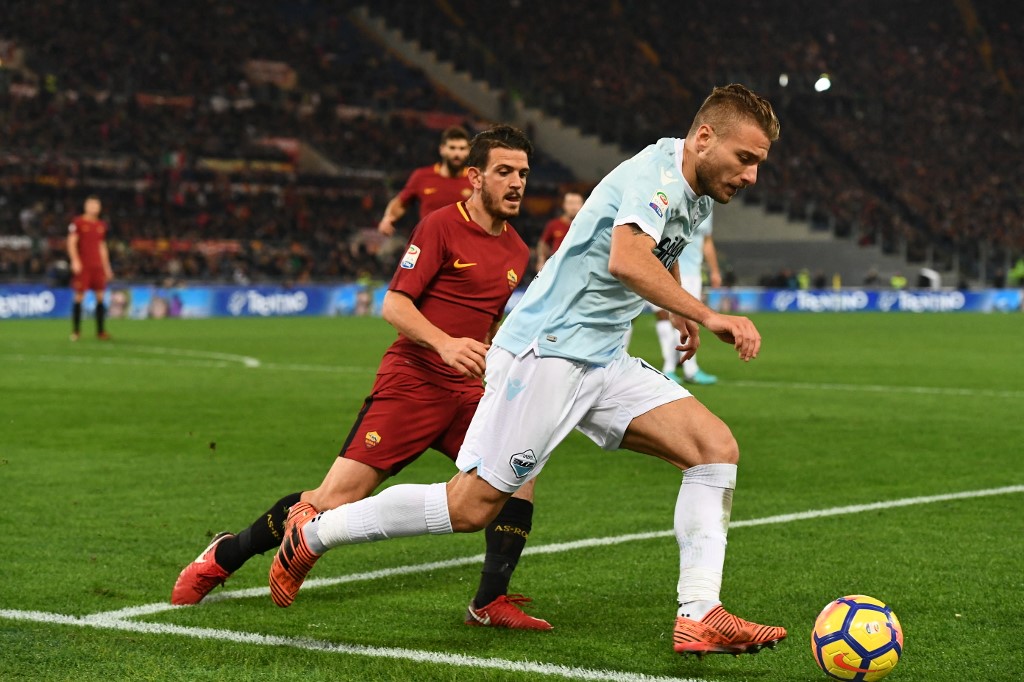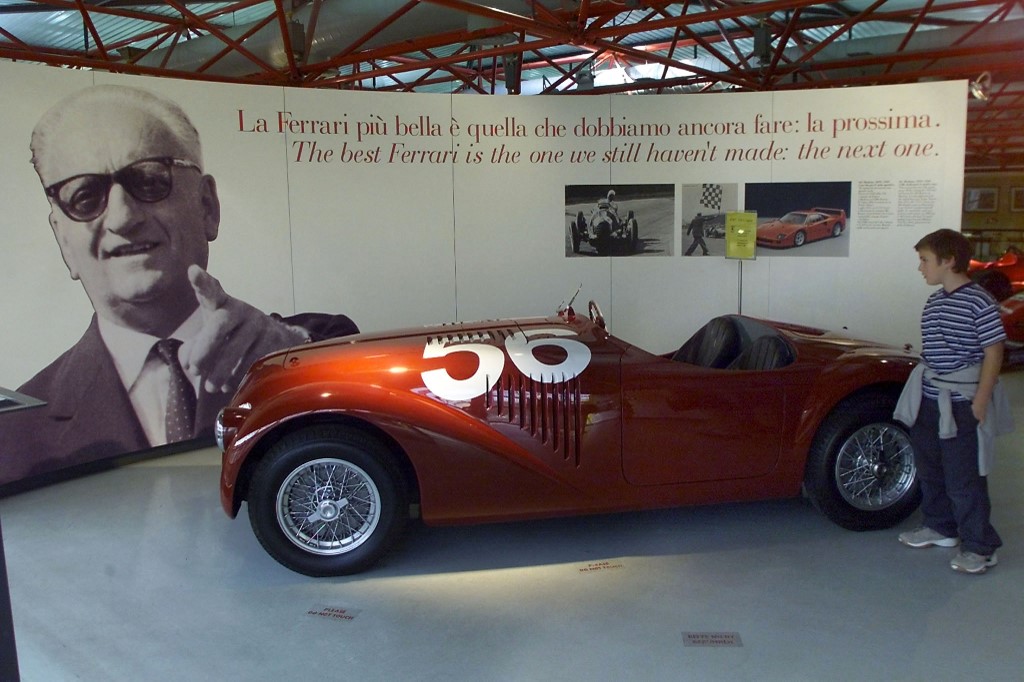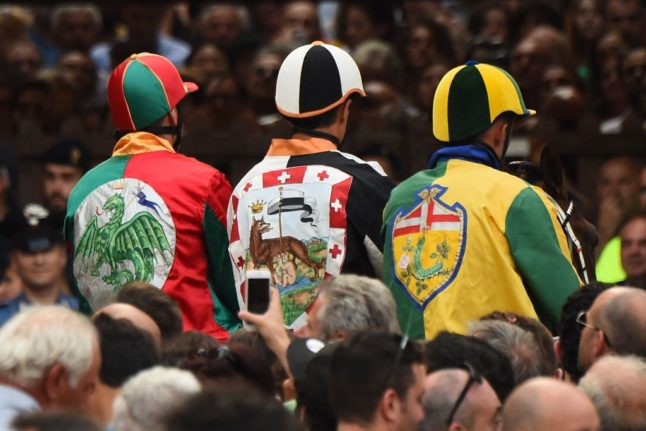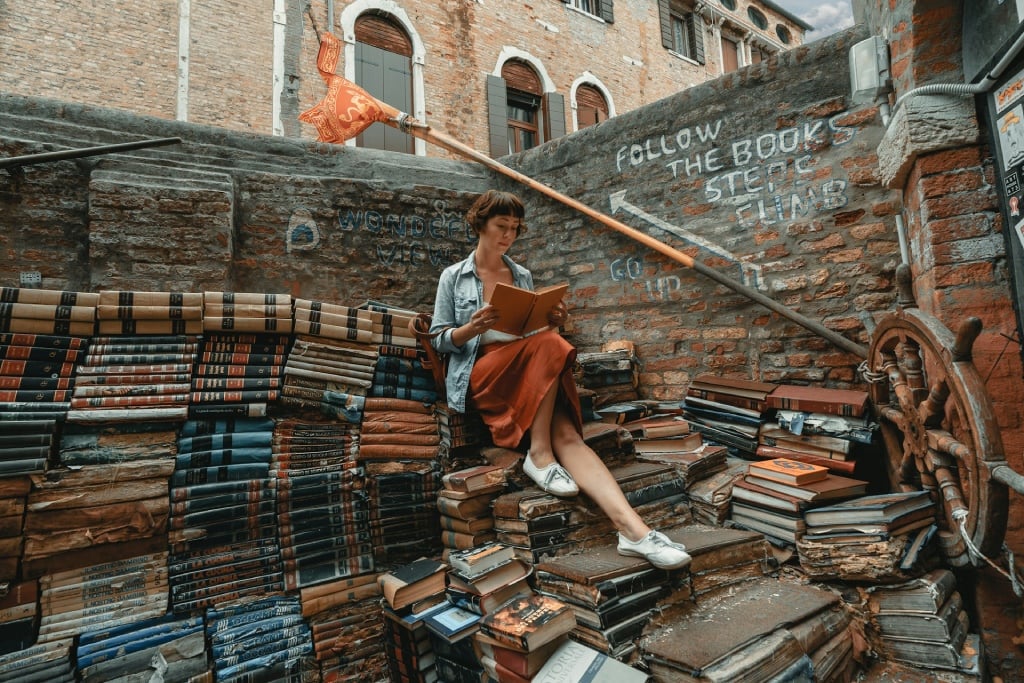Though outsiders often paint Italy with broad, homogeneous strokes, these regional identities are still very much alive today. In fact, Italians are so proud of their heritage that when asked where they’re from, many will respond with their hometown or region before evening mentioning Italy.
If everyone thinks their traditions are the best, then perhaps it’s no surprise that some serious feuds have developed throughout the bel paese.
From sporting squabbles to disputes over a dessert, here are the Italian rivalries you need to know about. After all, you never know when you might be asked to pick a side.
North vs South
Just like the UK, Italy has its own north-south divide, one that runs deep in the psyche of many Italians.
Northerners, who consider themselves hardworking and industrious, enjoy life in the wealthiest regions of Italy, in developed, modern cities like Milan and Turin – you know, where stuff like public transport just works.
Those in the south, according to northerners, are corrupt and perpetually unemployed. It’s no wonder the region has no money.
Ask a southerner, though, and they’ll tell you a story of how the rich north wants to keep government money for itself while the south struggles to fight organised crime, a stagnant economy and a lack of opportunity for young people.
AS Roma vs SS Lazio
One of football’s fiercest rivalries was born in Rome in 1927 with the merger of three of the city’s teams to form AS Roma.
SS Lazio, founded 27 years earlier in Rome’s Prati neighbourhood, refused to join and the two sides have hated each other ever since.
Nowadays both teams believe they are the true representatives of the Eternal City but it’s perhaps AS Roma, who sport Rome’s traditional red and yellow and have adopted the she-wolf as their emblem, who have best ingrained themselves within the capital’s mythology.

It also can’t hurt that they built their first grounds in the working-class neighbourhood of Testaccio, in the heart of the city.
Lazio fans, meanwhile, mainly resided in the suburbs and outskirts, earning them the moniker burini, or peasants, from their rivals.
Twice a year, the two teams meet in the Derby della Capitale and their shared stadium becomes the scene of flares, banners, an intense level of noise and, sometimes violence and racism.
Pisa vs Livorno
The two Tuscan cities of Pisa and Livorno might be neighbours but there’s no love lost between them, thanks to a grudge that goes back to the time of the Medici family.
With the backing of the Florentine dynasty, Livorno grew from a small fishing village to a strategic port city, an upgrade that must have annoyed Pisa, a once-powerful maritime republic.
After being eclipsed by the ‘vulgar’ and ‘rude’ Livornesi down the road, Pisans came up with the saying: “The dream of a Pisan is to wake up at midday, look towards the sea and not see Livorno anymore”.
Livorno, of course, has its own phrase for its snobbish neighbour: “Better a death in the house than a Pisan at the door”.
Siena vs itself
When animosity with neighbouring Florence was no longer enough for medieval Siena, it decided to hate on itself too. The city was already divided into administrative and military districts known as contrade – so why not pit them against each other in the name of sport?
Some of the first civic games were basically organised punch-ups between warring gangs, but in the 1600s a dramatic horse race was held in Piazza del Campo and Il Palio officially began.

The race, which has changed little since its inception, typically lasts just 90 seconds and involves jockeys dressed in traditional attire riding bareback three times around the piazza.
Accusations of corruption and bribery are flung between sides and local residents have even been known to guard their jockey and horse for fear of sabotage from a rival contrada.
Ferrari vs Lamborghini
A feud between Ferrari and Lamborghini – both manufacturers of Italian supercars and both located in Emilia-Romagna – seems entirely inevitable, but this rivalry almost never happened.
In fact, the legend goes, Lamborghini sports cars might not have even existed if Enzo Ferrari had been able to stomach some constructive criticism.

Ferruccio Lamborghini was born into a farming family but his main passion was always for engines so, after working as a mechanic during World War II, he set up a tractor company.
With the business doing well, he treated himself to a Ferrari. He had a few complaints about its handling though, and took his observations directly to the Ferrari boss.
Enzo didn’t appreciate the farm boy’s feedback and is quoted as saying: “You know how to drive a tractor, but you will never learn to drive a Ferrari”. It was just the push Ferruccio needed to launch his own line of luxury sports cars.
Friuli-Venezia Giulia vs Veneto
Italians are most passionate about food – eating it, talking about it, and, in particular, arguing about it. So when two regions both claim to be the birthplace of Italy’s most famous dessert that just won’t do.
Veneto and Friuli-Venezia Giulia lie side by side in the north of Italy but are separated by a dispute over the origins of tiramisu.
It’s long been considered by many that the layered dessert was created in the late 1960s at Alle Beccherie, a restaurant in Treviso, Veneto, by pastry chef Roberto Linguanotto.
In recent years, however, Friulians have hit back with their version of events. They say a hotel in Udine was also serving tiramisu during that same period.
The Friuliani claim to the title was bolstered further when, in 2016, two food writers discovered tiramisu recipes from the region dating back to the 1950s.
In 2017, the dessert was officially added to a list of traditional dishes of Friuli-Venezia Giulia but the two regions still couldn’t resolve their differences. Venetians responded with calls for the decree to be suspended, claiming officials must have been given inaccurate information.
Originally from the UK, Emma Law is a freelance writer and marketing consultant based in Rome. Follow her on Twitter.




 Please whitelist us to continue reading.
Please whitelist us to continue reading.
Member comments